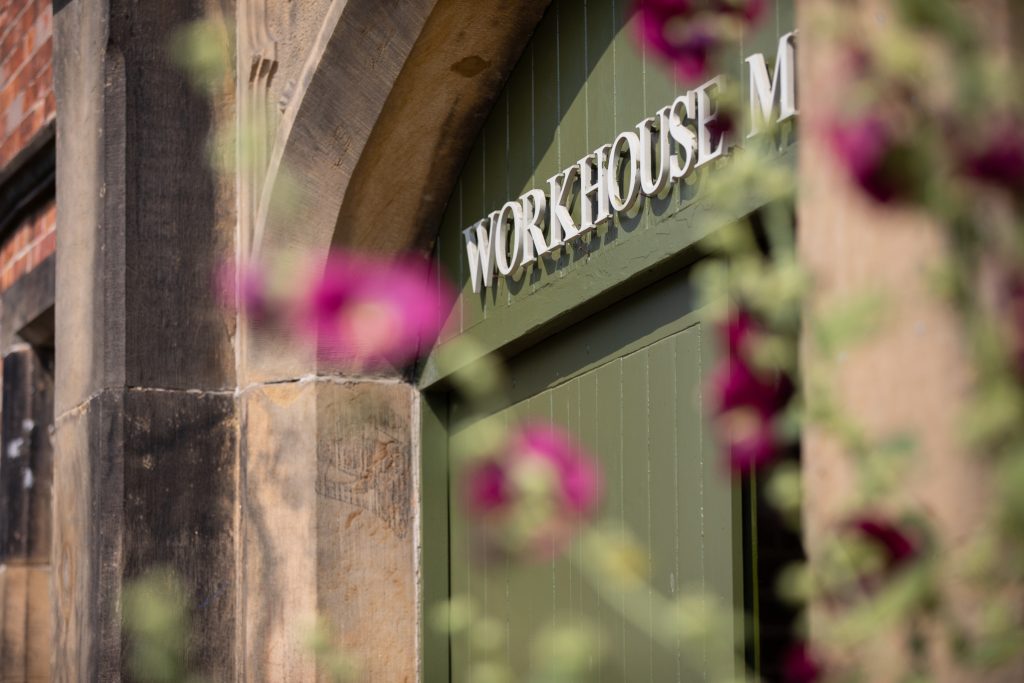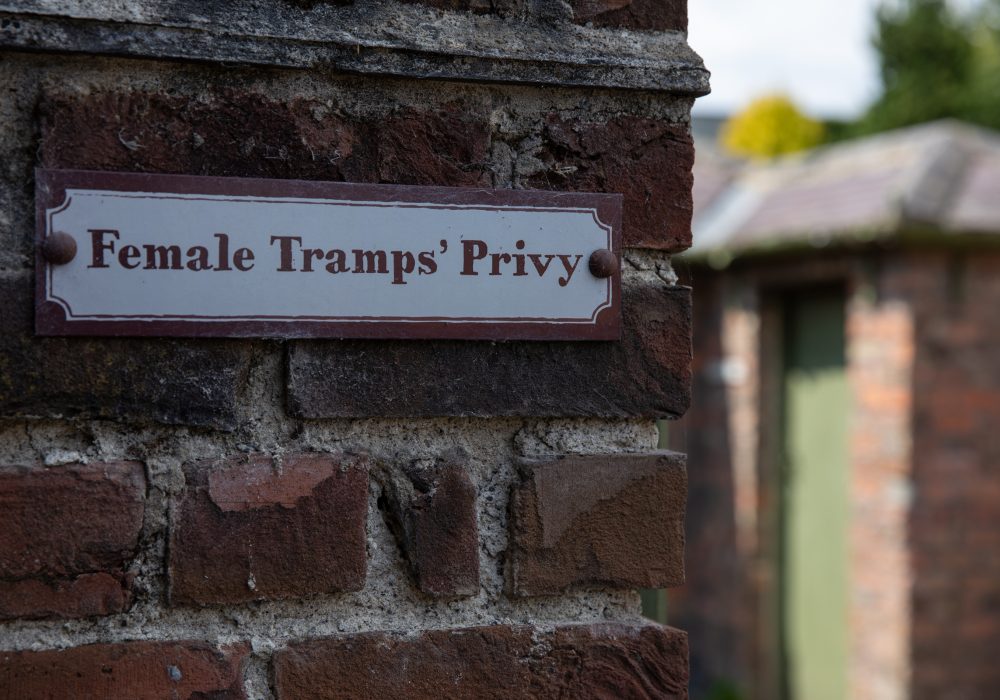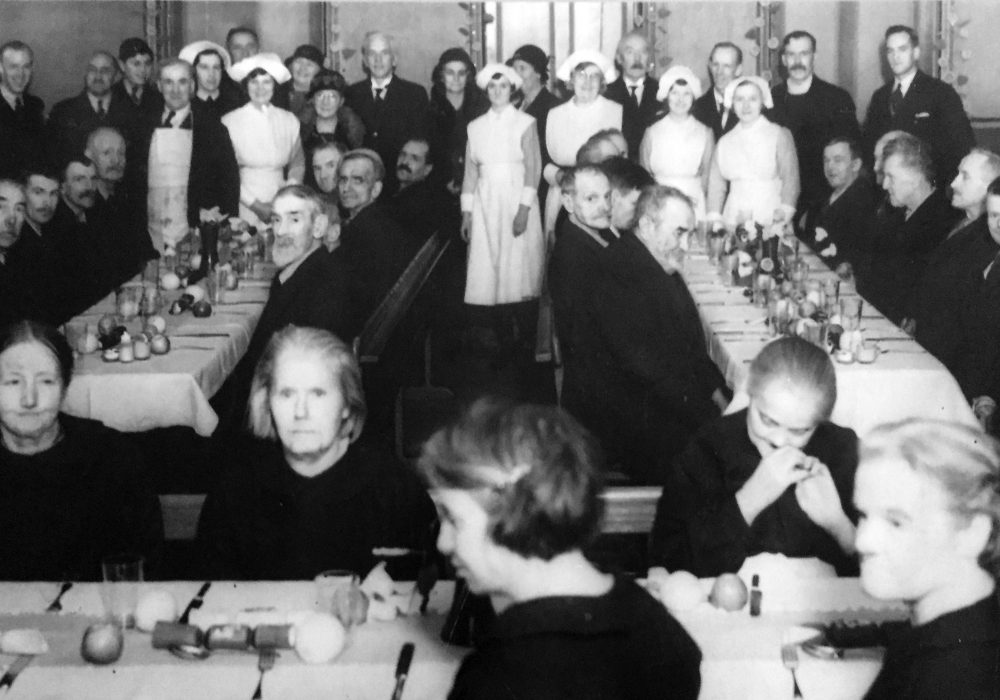In 1900, there were 60 Union Workhouses in Yorkshire, which had been designed to support those in need but also the serve as a deterrent to those who may not want to work.
By 1929, the government had brought in legislation that would abolish the Poor Law Unions. The nature of institutions began to change, until the Welfare State was formed and the way we care for those in need was radically altered.
The Welfare State
The Welfare State was established under the 1942 Beveridge Report, which aimed to enable every citizen to be cared for, from cradle-to-grave, regardless of economic status. Prior to this, the workhouses served as the only option for those in severe poverty and debates surrounded the extent to which people should be supported by the local community. Did people deserve help from the state, or were people just being lazy?
In modern day Britain, a range of welfare benefits have become available such as, job seekers allowance, disability living allowance, pension credit and child benefit. These benefits are designed to support those who are for some reason unable to work, have disabilities, those with families and the elderly. The Welfare State and benefits remain a highly political issue and the debate around the deserving and underserving still very much exists today.
Healthcare
Before 1948, people were only able to get healthcare if they were able to pay for it on their own. Today, The Department of Health organises healthcare in the UK, and the NHS gives all citizens free access to healthcare. People are able to make their own choices about their healthcare, but this is changing in some areas. Most people now have to pay for dental care, vision care, and prescriptions, and the NHS is not the only healthcare provider anymore. As well as running hospitals, the NHS is also providing healthcare in the community and other local services, including some social care. The Department of Health is working to prevent ill health by helping people live healthier lives.
Institutional care
When the care and support that people need is too great to be met at home, they may still be cared for in an institution such as a nursing home, mental health unit, residential care home, or hospital. Some of the practices and procedures such as set mealtimes, fixed timetables, care plans that do not have inputs from the residents, or residents not being allowed to leave the home on their own constitute institutional care. Despite many similarities with prior institutional care, the present-day care system has progressed significantly.
Community care
Services and support that help people to live independently in the comfort and security of their own homes. People can receive help regarding personal care (washing, bathing) and practical care (making meals, cleaning). They can make decisions regarding their care packages such as 24-hour care, limited personal care support, choice of carers. Special equipment, aids and adjustments are made to their homes to enable people to live independent lives. People are now much more in control of the care and services they receive through personal independence payments, personal budgets and direct payments, though eligibility thresholds remain very high.


